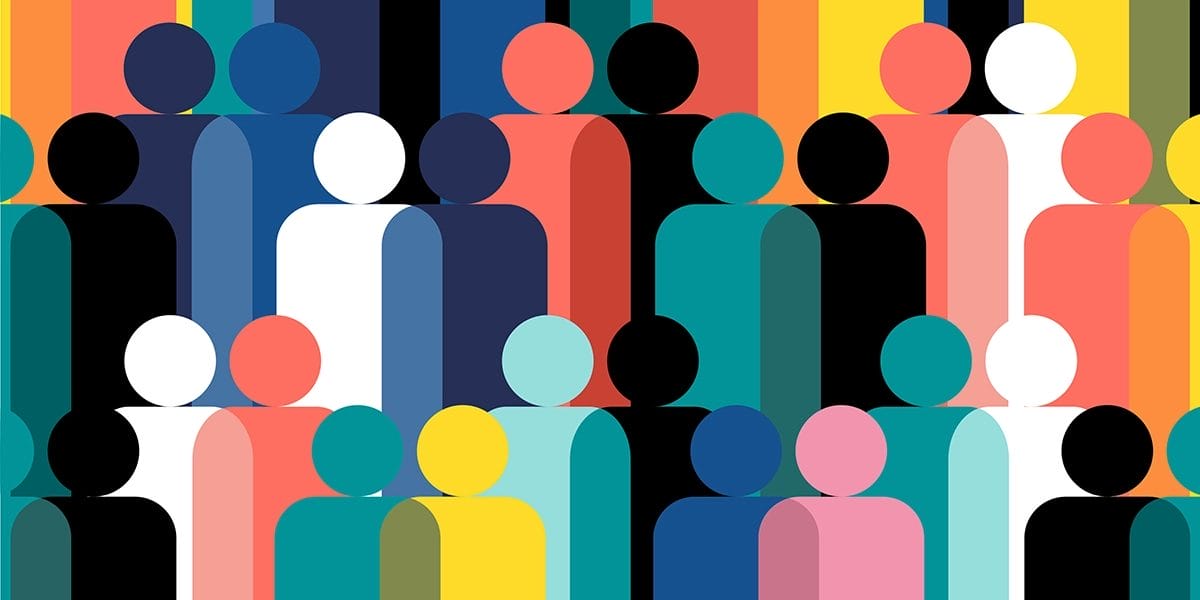
Last month in the Genvid newsletter editorial we discussed the importance of accessibility and diversity for the success of the Metaverse – how we must plan for inclusivity along the lines of society’s economic and geographical inequalities, but also for the disabled, the elderly, those living with mental health conditions and other marginalized communities. Unless we do our best to bring everyone into the next stage of social evolution, we’re doing nothing but widening the gap between those at each end of the modern world’s many spectrums of privilege.
Over the next few months, I want to explore the various barriers people will have to overcome if they want to join this online revolution. The first of these, inescapably, is access to the Internet.
The Problem
Many countries still don’t have the necessary infrastructure to guarantee it to their citizens, whether by cable or signal, and the arms race of digital media and broadband provision means that even in first-world countries the speeds needed to reliably enjoy everything on offer remain too expensive for low-income families. For many communities, decent, reliable access to everything the Internet offers is just a pipe dream.
The extent of the problem is shocking. A UNICEF study in November 2020 revealed that “Two thirds of the world’s school-age children – or 1.3 billion children aged 3 to 17 years old – do not have internet connection in their homes.”
Henrietta Fore, UNICEF Executive Director, said at the time: “Lack of connectivity doesn’t just limit children and young people’s ability to connect online. It prevents them from competing in the modern economy. It isolates them from the world.”
Unsurprisingly, this is often an issue of economics. The richer the family and the better off the country they live in, the more likely they are to have internet access at home. UNICEF’s report states: “Globally, among school-age children from richest households, 58 per cent have internet connection at home, compared with only 16 per cent from the poorest households. The same disparity exists across country income levels as well.”
So what we see here is a direct example of the gap between rich and poor being widened by the acceleration of technological progress – people are not just being left behind, they’re also having their opportunities to catch up taken away. And this isn’t just in developing countries: across Europe and North America many areas are underserved by the infrastructure necessary for reliable Internet access. In addition, enough poverty is unaddressed in otherwise wealthy countries for Internet access to be too expensive for some.
Solutions
Solutions to the problem are not simple. On the economic front, there have been suggestions to provide Internet for free to those who need it – either in a mean-tested way or as a blanket provision. However, objections have been raised based on free-market sensibilities, especially by ISPs.
In 2019, an election promise by the UK’s Labour party to make free broadband access available to all citizens was widely derided, and heavily opposed by the companies which charge for it and has not been repeated in later manifestos by the party.. Attempts by Google to provide free internet to areas of the US have fallen foul (not unfairly) of monopoly legislation, pointing out that allowing the world’s largest Internet company to provide universal access might not encourage either healthy competition or best practice.
Infrastructure is no easier. The cost of fiber-optic cable laying in the US is estimated at $40,000 a mile, making it prohibitive for rural areas with low population density. In first-world countries, mobile coverage can address some of these issues with 4 & 5G networks, but the relative cost of cellphone data contracts in developing countries can be huge compared to nations with stronger economies. In this case, high market competition can provide an answer, with 1Gb of mobile data being cheaper in the extremely competitive market of India than it is anywhere else in the world.
Technological options are being explored to offer long-term alternatives to hardware infrastructures in remote areas. Alphabet’s ‘Loon’ system of high-altitude balloons has been discontinued, showing how long the road to success can be, but Elon Musk’s Starlink satellites are proving more successful. With over 2000 orbiting units now in place and over 100,000 consumer terminals sold, Starlink could well be the programme which makes the potential for Internet connection a global reality. Whether that will translate to affordable Internet for marginalized people remains to be seen. Leaving provision in the hands of near-monopolies with no incentive to reduce costs to the user is unlikely to democratize online access, especially when that solution requires multiple rocket launches.
What next?
Unless internet provision is nationalized and remains a for-profit concern, giving it away for free is going to be controversial. Market regulation and price-capping is an option here, but is a hard sell in any market, whereas the high-competition market price crashes of places like India are often considered unsustainable, undesirable and unattainable in many nations. It seems almost inevitable that we’re going to be moving into this important next stage of human communication and social development with only a fraction of the world’s population on board.
So maybe you and I can’t do anything about it directly, but it’s worth remembering: a true Metaverse is one which is accessible to all, one where the world can participate, not just the luckiest or richest 20-40%. Unless we make serious efforts to create this space for everyone, and to bring everybody possible together to help build and experience it, we’re only going to see a fraction of the truly representative cultural and social project the Metaverse purports to aspire to.



